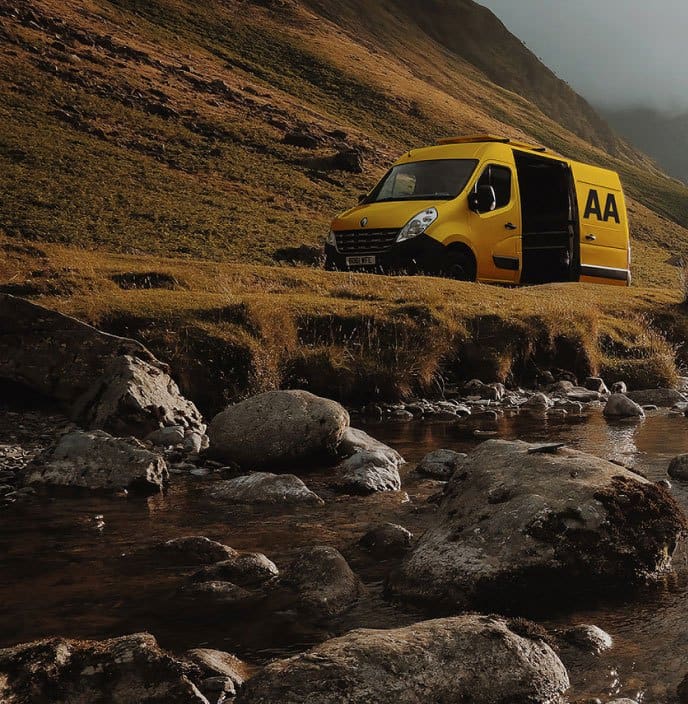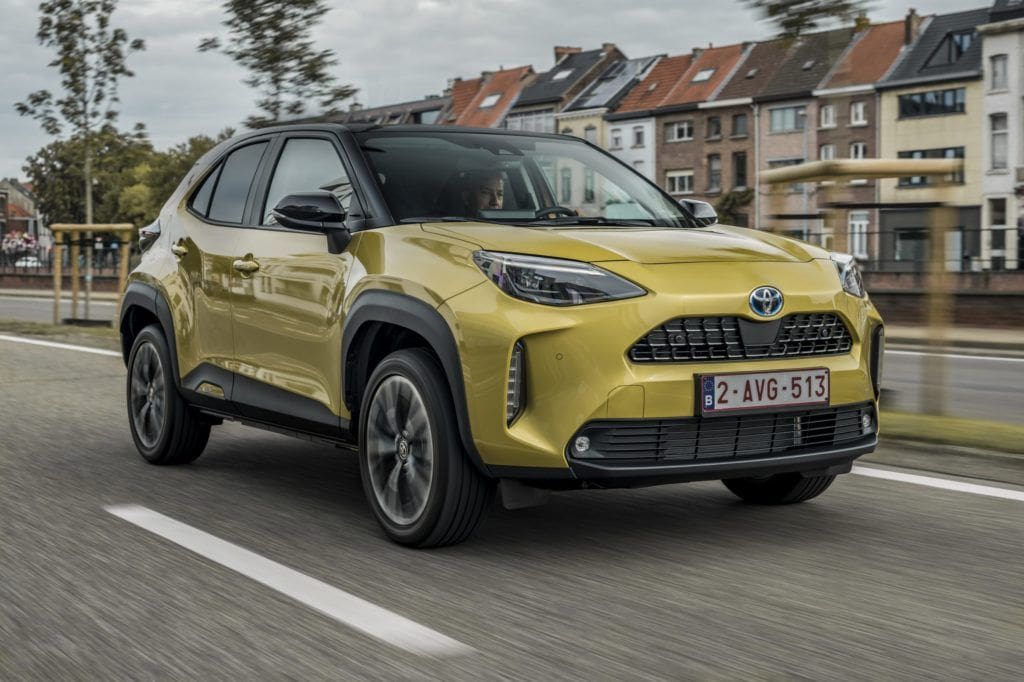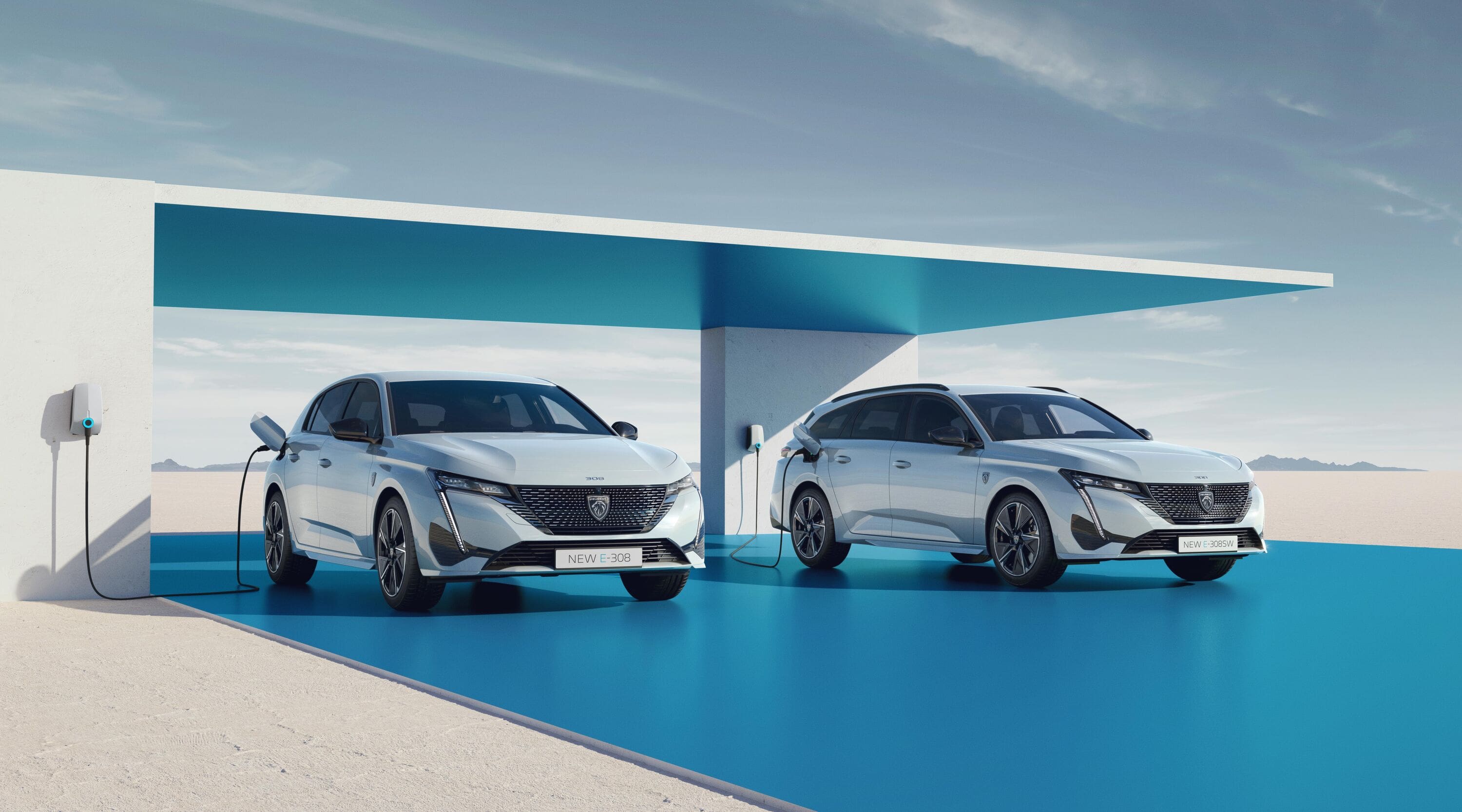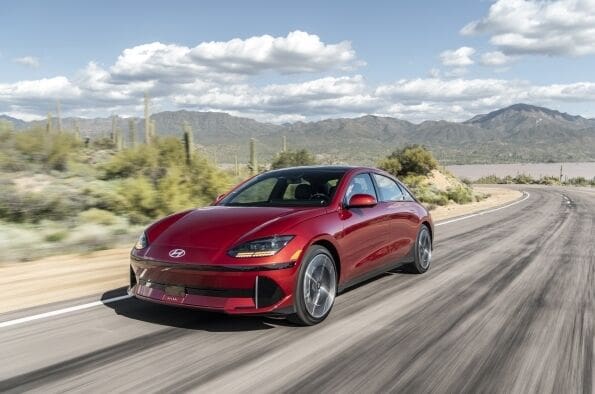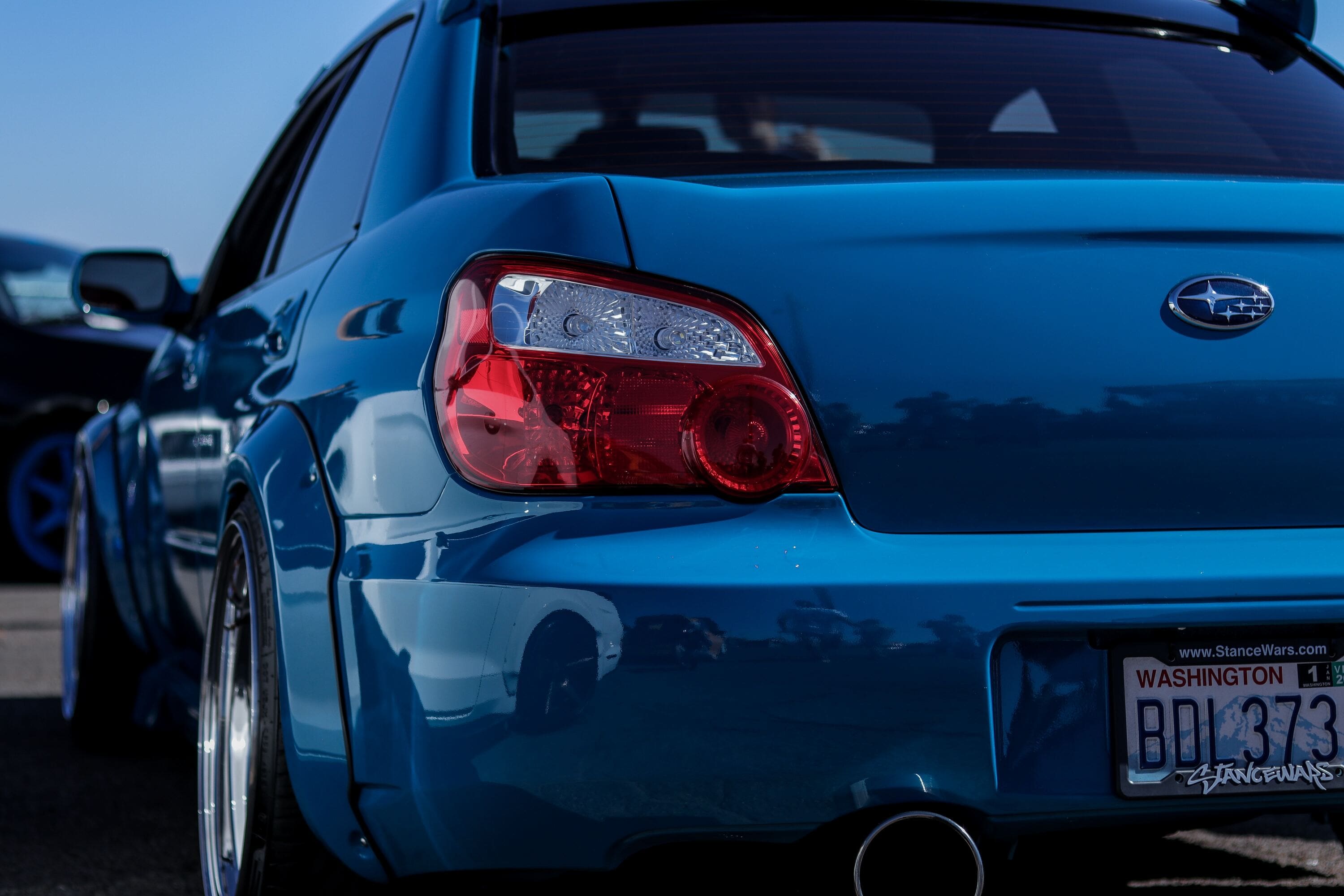Toyota Yaris Cross Hybrid starting price: €27,260
Price as tested: €32,400
Good stuff:
Smart looks, high quality, big boot, exceptional economy
Bad stuff:
Quite pricey, not as much rear-seat room as in some rivals
What is it?
The Toyota Yaris Cross is a Yaris, by badge, but really, it’s all a bit more complicated than that. You see, while underneath the Yaris Cross’ body you’ll find the same chassis, and the same 1.5-litre three-cylinder petrol hybrid engine as used by the smaller Yaris hatchback, the Cross is really a Yaris in name only. Toyota has specifically said that it wanted to keep the Yaris name for its new compact crossover as people put a great deal of trust — rightly so, you might say — in the badge, but in reality it’s quite a different vehicle.
In fact, at just over 4.1 metres long, the Yaris Cross only barely qualifies as compact. It’s actually a little longer and wider (but quite a bit lower) than the original 1995 RAV4, which comes as a bit of a surprise when you still have the word ‘Yaris’ rolling around your head.
The Yaris Cross is designed to compete with the likes of the Ford Puma, Renault Captur and Peugeot 2008, in a class that’s become so successful of late that these cars are starting to eat into sales of previously untouchable family hatchbacks such as the Focus and Golf. Will the Yaris Cross nibble away at the best-selling Toyota Corolla’s sales? It just might, actually…
As with many other Toyota models (most of them, at this stage) the Yaris Cross will be available only as a petrol hybrid model, carrying over the 116hp 1.5-litre hybrid setup from the Yaris hatchback. It will be mostly sold as a front-wheel-drive car (although there is a four-wheel-drive option for top-spec models) and will come only with a CVT automatic gearbox. The Yaris Cross will be available in Toyota’s Irish dealerships in October.
How about the looks?
It’s kind of cute and cheeky, the Yaris Cross. Around the back, there are strong overtones of the bigger RAV4 — especially in the shape of the rear pillar and the way the brake lights stretch out across the tailgate — but up front, the Yaris Cross has a happier ‘face’ than that of the RAV4. Indeed, when we saw it first it was hard not to start naming Pokémon characters that it resembles…
Higher spec models — from Luna Sport grades upwards — come with a contrast black roof and 17-inch alloy wheels, which look very smart. There is a top-spec Adventure model too, which gets a few extra exterior trim items to make it look a little more rugged.
There are some nice exterior details as well, such as fake air vents in the front bumper that actually house the indicators, and a neat little ‘Yaris Cross’ logo integrated into the side rubbing strip. All Yaris Cross models definitely look much taller and more SUV-ish than a Yaris hatch, but surprisingly there’s only a 25mm difference in the ride height, so it’s doubtful that anyone will go tackling too many off-road courses in one.
What’s the inside like?
Toyota’s reputation for quality is pretty hard to beat, and the Yaris Cross’ cabin isn’t going to upset that one bit. Obviously, it draws on the smaller Yaris for a lot of its components — switches, buttons, steering wheel, gear shifter and the instrument panel are all lifted straight from the smaller car — but the Yaris Cross looks and feels much more substantial and solid inside than the Yaris. Most of the cabin surfaces look and feel a little more appropriately expensive, and the front seats are exceptionally comfortable. Back-seat passengers are a little less well-looked after, and they don’t get quite as much legroom as you might find in some of the Yaris Cross’ competition. You will find quite a big boot out the back, though — at 397 litres, it’s at the upper end for the class, and is actually slightly bigger than you’ll find in the Corolla hatchback or even the larger and more expensive C-HR crossover. There are some nifty practical touches too, such as a boot floor that adjusts for height, but is also split in two, front to back, so that you can have the floor set at too different heights. There are also some handy straps and hooks to stop your luggage or shopping from sliding about.
Depending on the model you choose, you’ll have either a mixture of analogue and digital dials, or a fully digital instrument panel. In the centre of the dash, basic models come with an eight-inch touchscreen, using the existing Toyota Touch 2 software, and come with Apple CarPlay and Android Auto phone connections. However, go for a higher spec model and you’ll get a nine-inch touchscreen, which comes with Toyota’s new ‘TAS600’ software. This is a massive improvement on the old Toyota Touch 2 setup, and is far easier to use, as well as looking rather nicer. Really, it needs to be fitted to all Toyota models, ASAP, to bring them up to date with the competition.
What is it like to drive?
Well, it’s not the quickest thing. The combination of 1.5-litre petrol three-cylinder engine and a 59kW electric motor gives you just 116hp to play with. Separately, the petrol engine provides 120Nm of torque, while the electric motor chimes in with 141Nm — unlike some manufacturers, Toyota does not provide a combined torque figure. On paper, the 0-100km/h benchmark time seems a touch slow, at 11.2 seconds.
Thankfully, when you’re actually driving it, the Yaris Cross manages to feel a bit quicker than that. Accelerate hard and, as with all Toyota hybrids ever since that 1997 original Prius, the engine will rev high and long, and it can get a bit drone-y. Thankfully, though, Toyota’s rolling software and CVT gearbox improvements mean that doesn’t last too long, and you’re soon cruising along nicely in relative silence. It’s certainly not a hot-rod, the Yaris Cross, but actually, it gets around just fine, and never feels underpowered.
The big upside of which is fuel economy. Even allowing for the fact that we were largely driving on either urban roads or heavily speed-limited rural routes, the Yaris Cross is capable of exceptional fuel consumption. Over our test route, we managed 3.7 litres per 100km — which is better than 76mpg. In part, that’s thanks to the hybrid system defaulting to electric power for quite a lot of the journey.
On an urban journey, Toyota claims that the Yaris Cross can spend as much as 80 per cent of your journey time on electric power. On our test, we managed to score a 67 per cent electric running ratio. Now, that battery charge comes from either burning petrol in its engine, or some regenerative braking, which means that it’s not theoretically as ‘clean’ as an electric car that’s been charged from the mains. Even taking that into account, though, this is a very impressive eco-performance from the Yaris Cross, backed up by relatively low CO2 emissions.
In terms of its handling and road holding, the Yaris Cross doesn’t quite have the driver appeal of the Corolla nor C-HR — its steering is a little too light and springy in its feel for that, and the ride quality, certainly on the 18-inch wheels of our test car, was a touch too firm. Nonetheless, it feels a very satisfying car to drive, with a very ‘solid’ sensation of being firmly planted to the tarmac, and is quite responsive and sure-footed in corners. There’s not much point, on this outing at least, of upgrading to the four-wheel-drive AWD-i model — which uses an extra compact electric motor to power the rear wheels. It’s actually a little slower to get to 100km/h and doesn’t subjectively feel any quicker on the road. For those who drive on poorly surfaced roads a lot, or who live in areas that get regular snow or ice, it might make some sense, but the rest of us will be just as well off with the front-drive models.
Which one should I buy?
An entry-level Yaris Cross — in Luna spec — is a little pricey compared to the competition. Certainly, a basic Renault Captur or Ford Puma is much more affordable, although neither of those offers hybrid drive at that price level (the Puma claims to, but it’s actually only a mild-hybrid, and therefore not as effective at saving fuel as the Yaris Cross). The basic Luna model also manages to look a little too plain, although it is actually quite well-equipped, coming with an eight-inch touchscreen, part-digital instruments, Apple CarPlay, Android Auto, a reversing camera, automatic air conditioning and adaptive cruise control.
The sweet spot of the range is probably either the Luna Sport (€29,500) or Sol (€32,400) models, which get larger alloys, the nice contrast-colour roof, and in the case of the Sol, that much-improved nine-inch touchscreen.
Is it safe?
The Yaris Cross hasn’t yet been scored by the independent crash test experts at EuroNCAP, but we suspect that it will do rather well — after all, the smaller Yaris gets a five-star score, with an 86 per cent adult occupant rating and an 81 per cent child rating. The Yaris Cross comes with a long list of standard safety equipment, including a pre-collision system with automated emergency braking, road sign recognition and steering that both helps to keep you in your lane, and can help you with sudden, emergency manoeuvres too. There are two ISOFIX seat points in the back, but bulky car seats will be a bit of a tight fit if you have a tall driver or passenger in the front.
Verdict:
Hard to see it not being a big hit, and may actually be practical enough to pinch customers from their Corollas and C-HRs.
Spec Check:
Toyota Yaris Cross 1.5 Hybrid Sol
Engine: 1.5-litre three-cylinder petrol + 59kW electric motor
Power: 116PS
Torque: 120Nm (engine) + 141Nm (electric motor)
0-100km/h: 11.2 seconds
Economy: 56.5mpg (5.0 litres/100km)
Top Speed: 170 km/h
Transmission: CVT automatic
CO2: 112 g/km
Annual Motor Tax: €190
Luggage Capacity: 397-litres with the seats up
Price as tested: €32,400
AA Ireland: August 2021 For more information: www.toyota.ie


